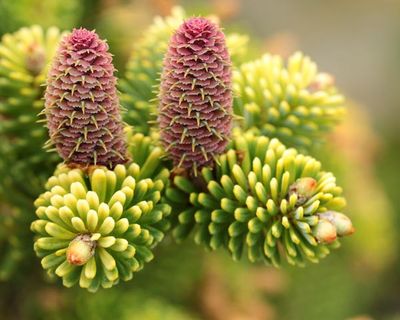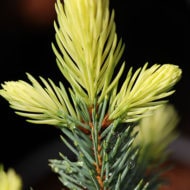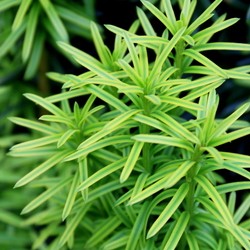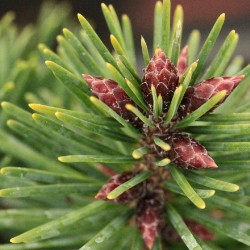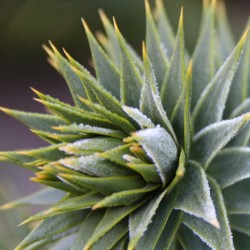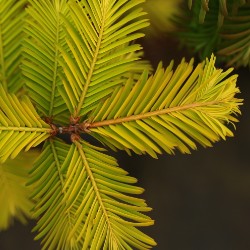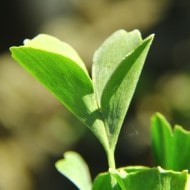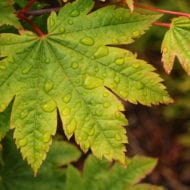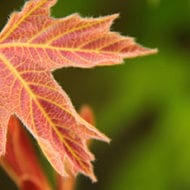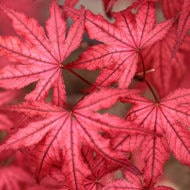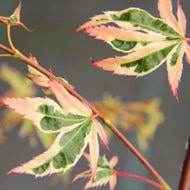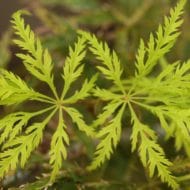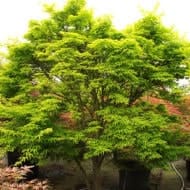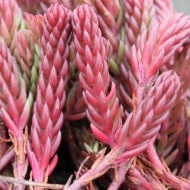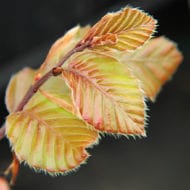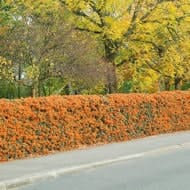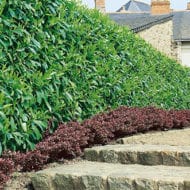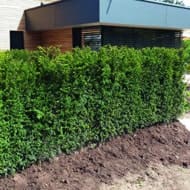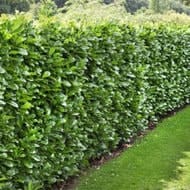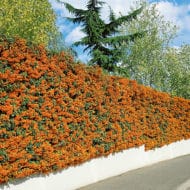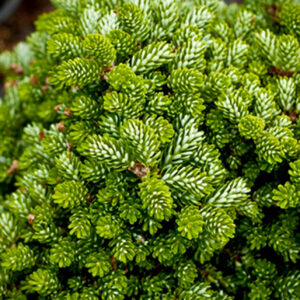Picea orientalis ‘Skylands’ Oriental Spruce
SKU: PicOr-Skylands-0-0
Categories: Conifer Varieties Known to Produce Cones, Dwarf, Dwarf Conifers, Intermediate, Intermediate, Our Plants, Picea orientalis - Oriental Spruces, Pyramidal, Pyramidal, Yellow, Yellow & Gold Conifers, Zone 4, Zone 5, Zone 6, Zone 7, Zone 8
Tags: All Is Fixed, Hardiness Zone 4, Popular
Description
Simply stunning: bright yellow new growth softens to golden-yellow that lasts all year! Add purple cones and an interesting form for a truly outstanding combination of color and form. Plants have irregular forms when young, then become broadly conical at 5-7 years old, and then narrowly conical in maturity. When young, the plants benefit from some shade to avoid foliage burn from hot sun, but given too much shade, their yellow will fade and become more green. Mature plants in full sun boast bright yellow all year.
USDA Hardiness Map
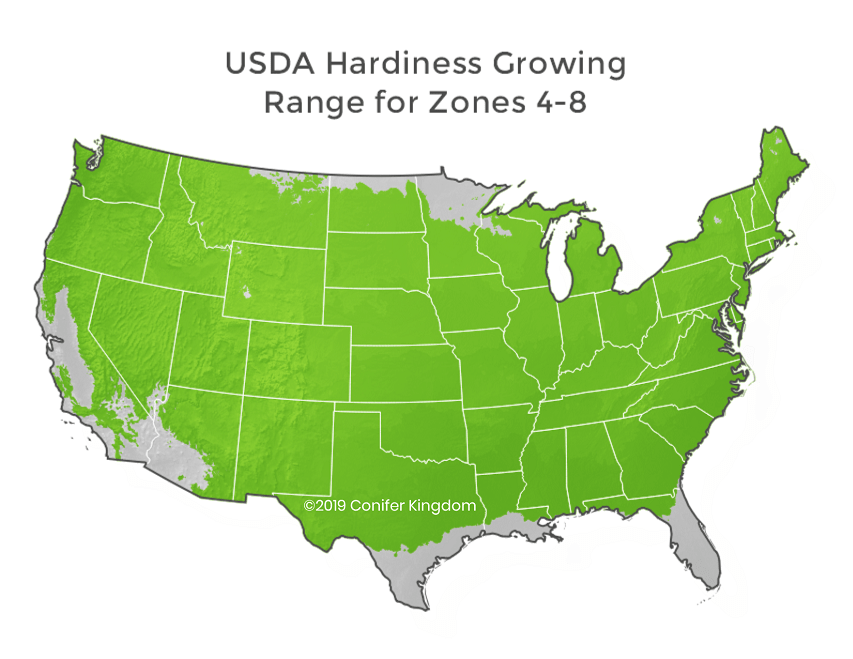
Plant Form

Additional information
| Latin Name | Picea orientalis 'Skylands' |
|---|---|
| Plant Size | #1 Container, #2 Container, #3 Container, #7, 30-36", BP-1 |
| Common name | Skylands Oriental Spruce |
| Sun Exposure | Sun/Part Shade |
| ANNUAL GROWTH | 6-9" |
| HxW@10 Years | 7'x3' |
| Color | yellow/gold |
| Form | Pyramidal |
| Growth Rate | Intermediate |
| Hardiness Zone | Zones 4-8 |
| Color | |
| Growth Rate | |
| Form | |
| Your auto-detected zip code |  |
| hardiness zone based on zip code |  |
| You can also try another zip code |


